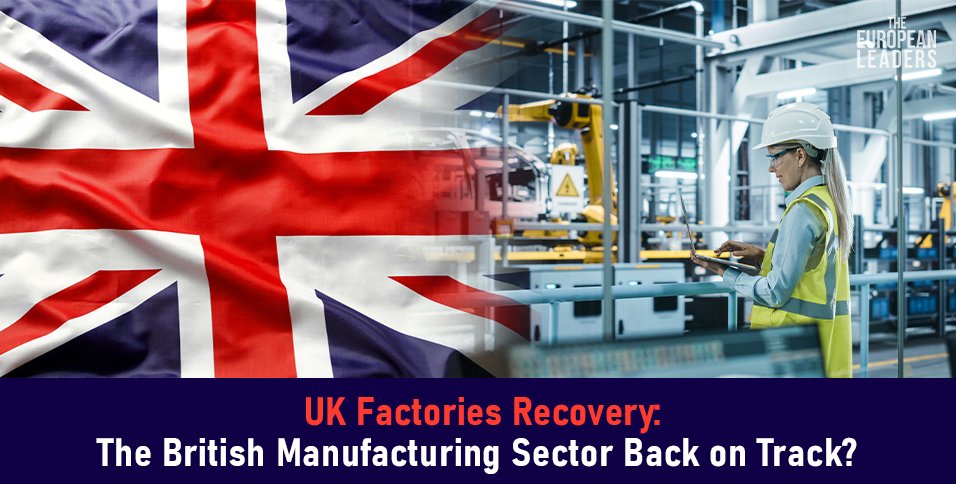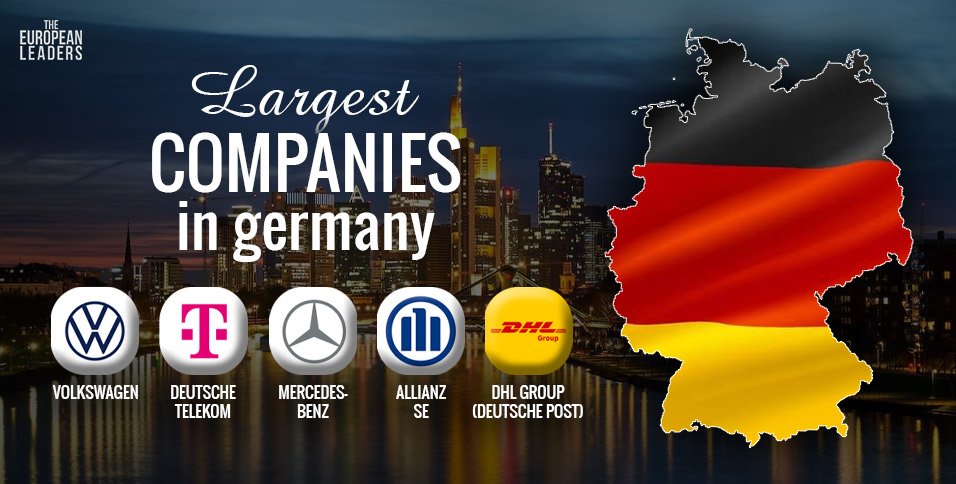The European Leaders
21 November 2024
London – The UK manufacturing sector, long regarded as a barometer of the nation’s economic health, seems to be charting a path to recovery. But is this a momentary rebound or the beginning of a sustained resurgence? Behind the promising headlines lies a complex web of shifting trends, surprising innovations, and persistent challenges. The story of the UK factories recovery is far from straightforward—it’s a tale of resilience, adaptation, and cautious optimism in the face of uncertainty.
As reports of increasing output, surging new orders, and employment growth trickle in, a larger narrative unfolds. Is the sector truly poised to reclaim its strength, or do hidden vulnerabilities threaten to derail its progress? Let’s delve into the numbers, policies, and game-changing strategies driving this recovery to uncover what’s truly happening in the heart of British manufacturing.
A New Chapter for UK Manufacturing
Recent reports highlight the revival of the sector, with the S&P Global UK Manufacturing Purchasing Managers’ Index (PMI) reaching 52.1 in July 2024—its highest in two years. A figure above 50 signals expansion, and this positive streak has been sustained for three consecutive months. Similarly, the Confederation of British Industry (CBI) has recorded an uptick in output expectations, reflecting newfound optimism among manufacturers.
What’s Driving the UK Factories Recovery?
- Surging Domestic Demand: A significant boost in local orders has spurred production, becoming a key driver of growth.
- Employment Rebound: For the first time since September 2022, workforce levels are increasing, signaling confidence in sustained demand.
- New Product Launches: Companies are rolling out innovative products to capture evolving market needs.
- Export Stabilization: Although challenges remain, export orders are showing signs of recovery, stabilizing revenue streams.
The Role of Government Policies
Strategic interventions are shaping the recovery trajectory. Initiatives such as the Advanced Manufacturing Plan and the Green Industries Growth Accelerator emphasize innovation and sustainability. Significant funding allocations—£2 billion for automotive, £975 million for aerospace, and £960 million for clean energy—are designed to stimulate sector-specific growth while driving the shift toward a green economy.
Additionally, the Made Smarter Adoption Programme aims to enhance digital adoption among small and medium-sized enterprises (SMEs), empowering them to leverage technologies like automation, AI, and the Internet of Things (IoT).
Challenges on the Horizon
Despite these advancements, the path ahead isn’t without hurdles:
- Supply Chain Disruptions: Lingering issues in global supply chains are extending delivery times and affecting production schedules.
- Political Uncertainty: Policy shifts and fiscal instability could deter long-term investments.
- Rising Costs: Energy prices and raw material costs remain key concerns for manufacturers.
A Glimpse into the Future
The outlook for UK factories remains cautiously optimistic. Investments in emerging technologies such as additive manufacturing, energy management systems, and digital twins are poised to enhance efficiency and innovation. Furthermore, discussions around establishing a National Wealth Fund to support manufacturing investment underscore the government’s commitment to revitalizing the sector.
Conclusion
The story of the UK factories recovery is still being written. It’s a narrative shaped by resilience, innovation, and the delicate balance between opportunity and challenge. As manufacturers adapt and recalibrate, the sector’s ultimate trajectory will depend on the interplay of market forces, policy support, and global conditions.
Will this be a renaissance for British manufacturing, or will the recovery falter under unrelenting pressures? The answer lies in the months ahead, as the industry continues to navigate uncharted waters.
This unfolding journey is one to watch—a testament to the enduring spirit of the UK’s manufacturing heritage and its evolving role in the modern economy.








